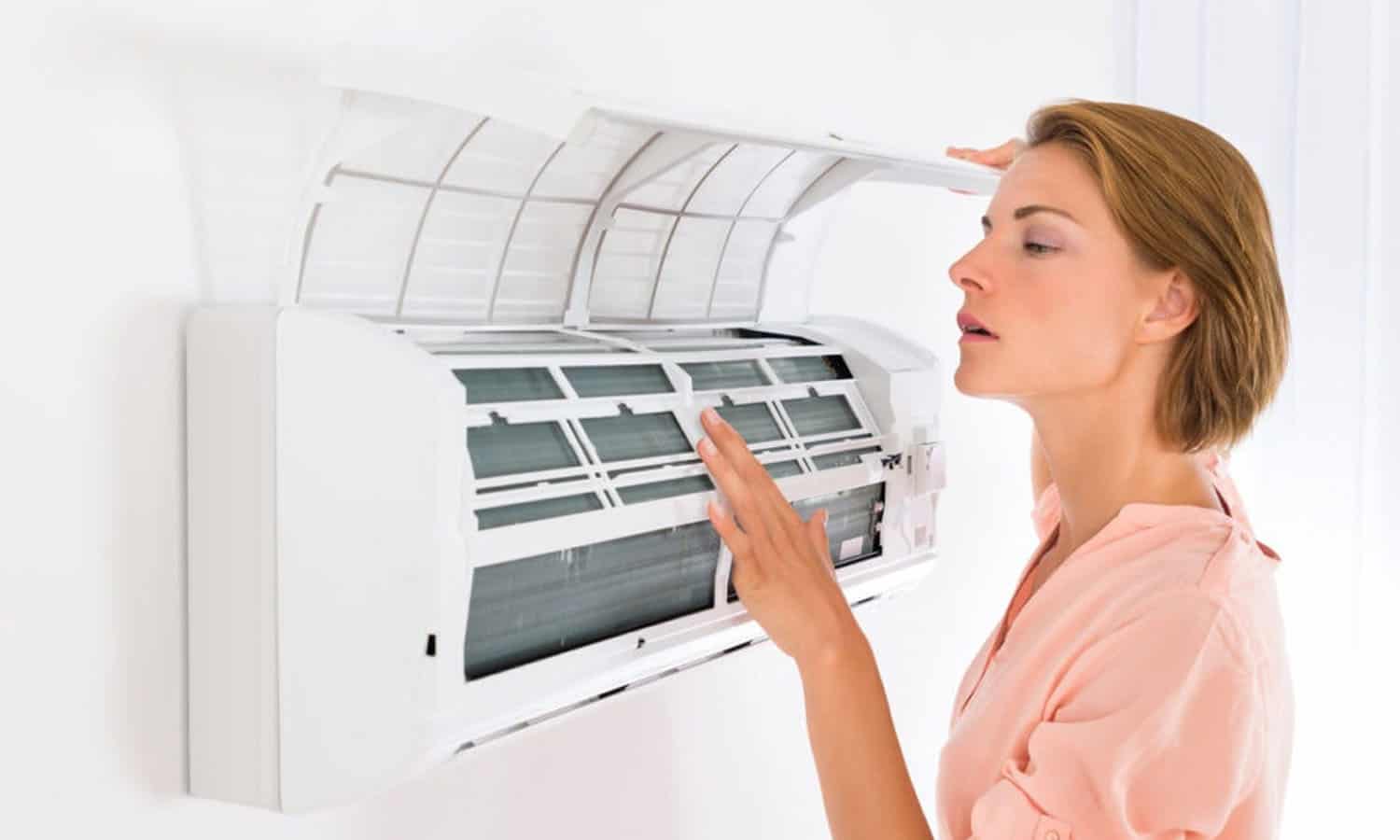
Did you know that almost 85% of all homes in the United States have an HVAC system of some kind installed? For most homeowners, a good HVAC system is an absolute must-have.
If you’re not happy with your current system, or if it needs to be replaced, you need to be careful if you want to do the job yourself. Knowing a few common AC installation mistakes, as well as when you need to ask for help, is the key to getting the job done the right way.
In this article, we’ll tell you about 7 common AC installation mistakes that you need to avoid at all costs. We’ll tell you how to avoid each mistake, too, so you can get your HVAC up and running without any issues.
-
Purchasing the Wrong Size AC Unit
Believe it or not, the first mistake that you can make when installing an HVAC unit occurs long before you even begin the installation process. In fact, this error often occurs away from your home, while you’re still in the store shopping for a new unit.
HVAC systems come in different sizes, or tons, which means you need to make sure to pick the right size unit for your home. Tools like tonnage calculators exist, and you can even find the tonnage of your current HVAC unit if you search the model number online.
Purchasing an HVAC unit that is too big for your home will lead to your unit struggling to breathe because your ductwork isn’t sized properly. A unit too small will have a hard time reaching temperature, and thus, will be running constantly.
Both issues lead to your unit not having a long lifespan, which is why it’s important to get the right size unit for your home.
-
Installing the Drainage System Improperly
Is a piece of your HVAC system located in your home? Do you have an air handler in your attic or closet? Then you can’t afford to install your drainage system incorrectly.
A faulty drainage system can lead to water damage in your home, which of course isn’t something you want to deal with. It’ll also make your unit not work as well as you’d like, and even shut off to prevent flooding on hotter days, which again, isn’t a problem you want to have to deal with.
-
Choosing the Wrong Thermostat Location
Do you find yourself to be hot or cold, even though your unit has reached your desired temperature? If so, odds are your thermostat is in a bad location, and thus, isn’t sending your unit an accurate temperature of your home.
A thermostat near a vent, for example, will register a temperature that is lower than the rest of your home. That will shut off your unit before the rest of your home reaches your desired temperature, which is inconvenient.
The best location for a thermostat? In a hallway in your home, away from vents and windows. That way you can get an accurate temperature reading and relay that information to your HVAC unit.
-
Not Sealing Your Ductwork Properly
Have you noticed that the airflow coming out of your vents isn’t as strong as you’d like for it to be? If you have clean HVAC filters, and the right size unit, odds are it’s your ductwork that is causing the issue.
Sealing your ductwork is a tough job that may not solve your issue. Sometimes a full ductwork replacement is necessary, which is something you’re most likely going to have to leave to the professionals.
-
Damaging Your Condenser Coils
The condenser coils on your HVAC unit are quite fragile. And if they get bent or damaged, your unit won’t be able to breathe, which can cause permanent damage to the rest of your system.
When installing your unit, you need to be very careful to avoid damaging your coils. Having the help of someone else, especially when dealing with a heavy condenser unit is more than a good idea.
-
Not Leveling Your Condenser Unit
Replacing an already existing HVAC unit? We’ve got good news! The pad that your condenser unit sits on currently is most likely already level, which means you can sit your new unit there with no worries.
If you’re installing a unit in a brand new home or home without HVAC, you need to get a condenser pad and make sure it’s level, so your unit can run properly.
-
Overcharging Your System with Refrigerant
One of the last steps of the HVAC installation process has to do with refrigerant. Most new units come preloaded with refrigerant, which means you only need to add a little bit to account for your freon lines to get your unit ready to function.
However, you can overcharge your unit, and over time, it will cause serious damage to your unit that can’t be repaired. That’s why you need to make sure you use a scale, or at worst, have a professional help you along the way.
Need More Help Avoiding These AC Installation Mistakes?
If avoiding these AC installation mistakes seems like a challenging task, outsourcing the process is more than a good idea. That way you can have peace of mind knowing that your new HVAC unit was installed the right way and will give you positive results for years to come.
Looking for more tips and tricks you can use to turn your dream home into a reality? Check back with our blog often, as we’ve got all the information that homeowners are looking for!